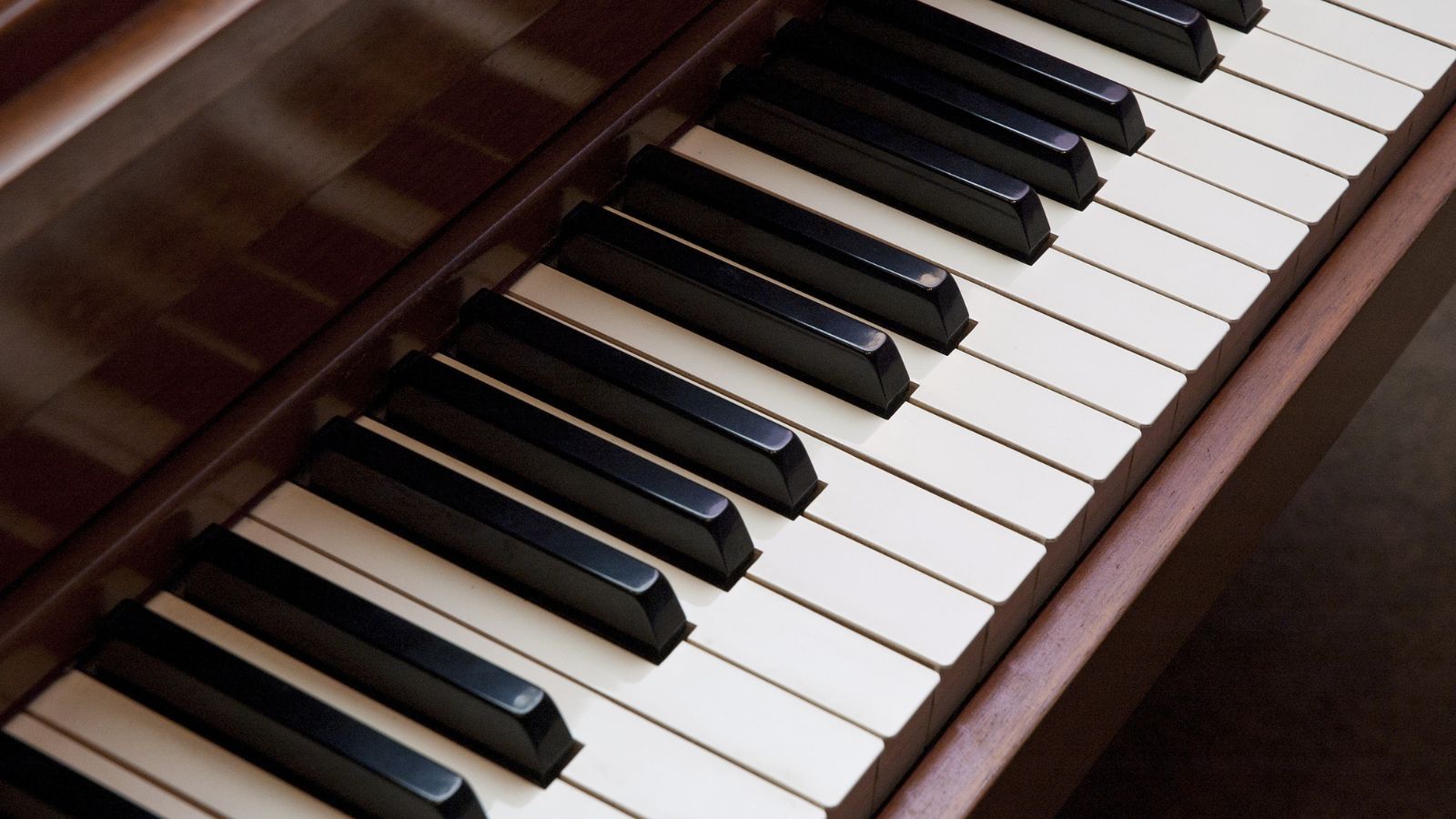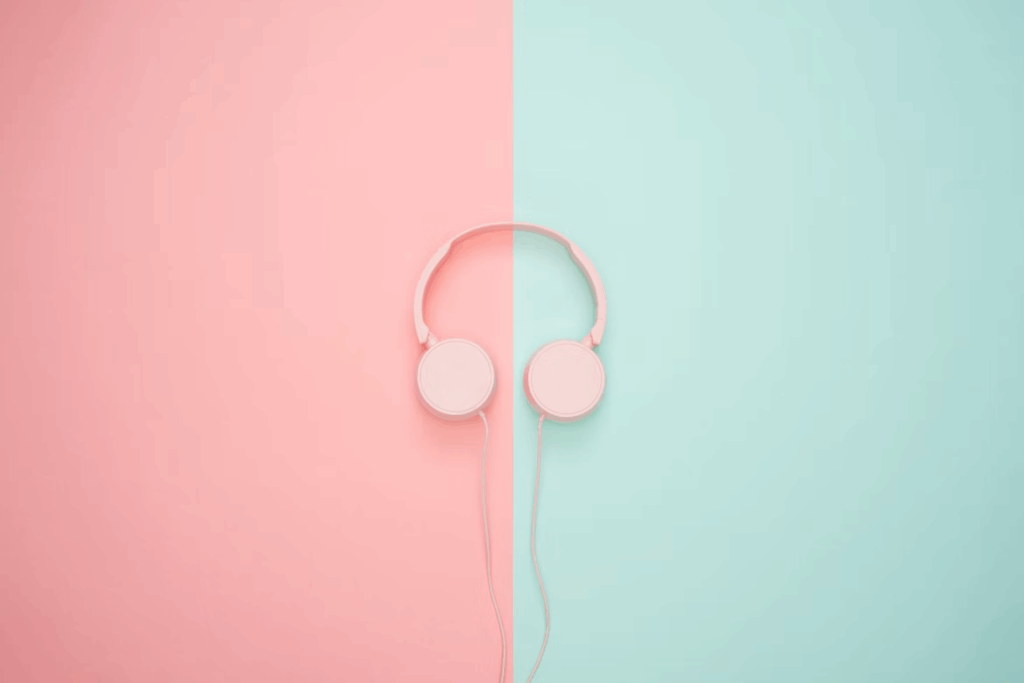Want to learn pop music, but aren’t sure which instrument to choose?
Choosing an instrument for pop music isn’t about what’s “cool.” It’s about finding something that fits your style, budget, and goals. Pop music was the fastest-growing genre in the US in 2024, after all, so getting into pop is a safe bet.
Here’s the problem:
Most people just pick the instrument their favorite artist plays. But that’s a bad idea for two reasons.
- Not everyone is the same. The instrument you want to play may not suit your personality.
- Successful pop musicians play multiple instruments today and can mimic any sound in a recording studio.
In this guide, you will learn exactly how to choose the perfect instrument for pop music, no matter what your experience level is.
What you’ll discover:
- Which Instruments Dominate Pop Music Today?
- Your First Pop Instrument: What Actually Matters
- The Real Cost of Getting Started
- Making Your Final Decision
Which Instruments Dominate Pop Music Today?

If you analyze the pop songs on today’s charts, you will notice one thing…
The same instruments are used over and over again in the most popular songs.
Chart-topping pop songs have a pretty predictable instrumentation at this point, so understanding what makes a pop song work will help you choose your instrument.
Today, pop music is built on the following four instruments…
Piano/Keyboards: The foundation of almost every pop song, from Taylor Swift to Billie Eilish. The piano gives you melody, harmony, and rhythm all in one.
Guitar: The most recognizable instrument in pop, whether it’s acoustic strumming or electric riffs. The guitar is the Swiss army knife of pop instruments.
Bass: The low-end foundation of pop songs. You may not notice it, but bass makes the music “move.”
Drums/Percussion: The heartbeat of any pop song. Whether acoustic drums or electronic pads, they all serve to keep time and add energy.
But here’s the thing most people don’t realize…
You don’t have to play all of these instruments to make great pop music.
In fact, many successful pop musicians today focus on just one or two instruments and use technology to fill in the rest.
Analyzing current pop sheet music from established pop artists, a pattern emerges. Simplicity wins.
The best pop songs use familiar chord progressions and melodies that are “sticky” and easy to remember.
Your First Pop Instrument: What Actually Matters
Selecting your first instrument for pop music comes down to three primary factors…
Your Musical Goals
Do you plan to write your own songs? Perform live? Jam with friends? Your goals should guide your decision.
If songwriting is your goal, then piano or guitar is the way to go. These are the two instruments that let you play chords and melody at the same time, which is essential for songwriting. Piano courses anchored 39.3% of revenue in the online music education market in 2024 which means they are the most popular and accessible.
If performing live is your goal, think about what role you want to have in a band. Lead guitar, rhythm guitar, bass, keyboards, or drums all have their niche.
Your Learning Style
Some people need to see things to learn, while others learn best through muscle memory. Others need to understand music theory before playing.
The piano is the best visual representation of music theory. The patterns are right there on the keys, which makes it easy to understand scales, chords, and chord progressions.
The guitar is much more tactile and intuitive. Many guitarists “learn by ear” and develop strong musical instincts without reading a note of music theory.
Drums are all about rhythm and coordination. If you are naturally rhythmic and have good hand-eye coordination, then drums might be for you.
Your Budget and Space
Here is where reality comes in…
Piano/Keyboards: Digital pianos start at $500 for a good beginner model, but you can also practice on apps and software for much less.
Guitar: Acoustic guitars can be found for $150-200 which are more than playable.
Electric guitars are more expensive and require amplifiers.
Bass: Price similar to guitar, but bass amps are usually more expensive.
Drums: Acoustic kits are noisy and take up lots of space. Electronic kits solve both issues but cost more up front.
Don’t forget accessories, lessons, and maintenance costs. Those add up quickly and can easily double your first-year investment.
The Real Cost of Getting Started
The instrument itself is just the beginning. Most beginners focus on that cost and then get shocked by unexpected expenses later on…
Beyond the Instrument
Lessons: Online lessons can cost anything from free (YouTube) to $50+ per hour for one-on-one instruction. I suggest budgeting $100-200 per month if you are serious.
Accessories: Picks, straps, cases, stands, metronomes, tuners, etc. Those “little” items add up to $100-300 easily.
Software/Apps: While many apps are free, professional recording and production software for pop music can cost $200-500.
Hidden Costs
Upgrading: Most beginners outgrow their first instrument within the first year. Factor in at least one upgrade in the first two years.
Recording Equipment: If you want to record yourself playing, you will need interfaces, microphones, cables, etc.
The best approach is to double your instrument price in your budget. Something will always come up in the first year, and you can spend that 50% more without breaking the bank.
Making Your Final Decision
Here is the process I recommend when you are actually choosing your first pop instrument…
Step 1: Listen to your favorite pop songs and make a list of the instruments you notice and enjoy the most.
Step 2: Search for YouTube videos of those instruments being played and watch until you feel a connection to one.
Step 3: Go to a music store and hold the instruments you are considering. How they “feel” is more important than you think.
Step 4: Factor in your living situation. Can you practice without disturbing people? Do you have space for the instrument?
Step 5: Sign up for lessons or online tutorials before buying anything.
Don’t overthink this decision too much. The “perfect” instrument is the one you are willing to practice with every day.
Advanced Options
Once you have your first instrument down, you can always add complementary instruments later on to further specialize in pop.
Synthesized sounds are everywhere in modern pop music. Learning how to program and play synthesizers will open up a world of sonic possibilities for you.
Add percussion elements to your arrangements to “fill them out” and add interesting textures to your recordings and live shows.
Simple instruments like shakers, tambourines, or cajons can dramatically improve both.
Time To Get Started
The instrument you choose for pop music is just the first step in your musical journey.
The instrument that gets you excited and makes you want to practice every day is always the right choice.
Pop music is more about creativity and emotion than technical ability. Some of the biggest pop hits in history were created on cheap equipment by musicians with no formal training.
With technology and online learning resources today, it takes months, not years to get good.
Pick your instrument and start practicing. The world of pop music awaits.
